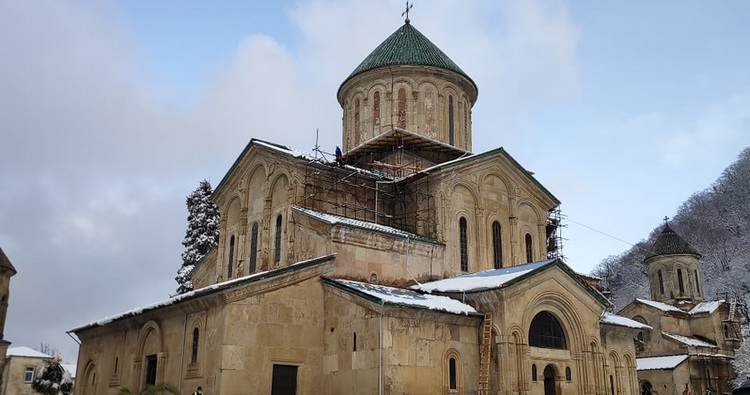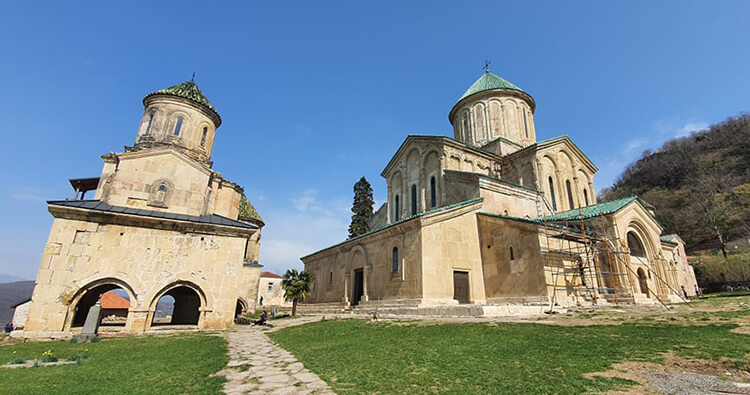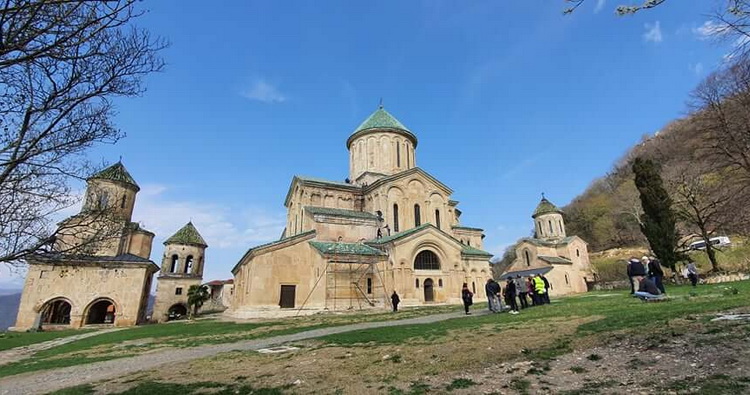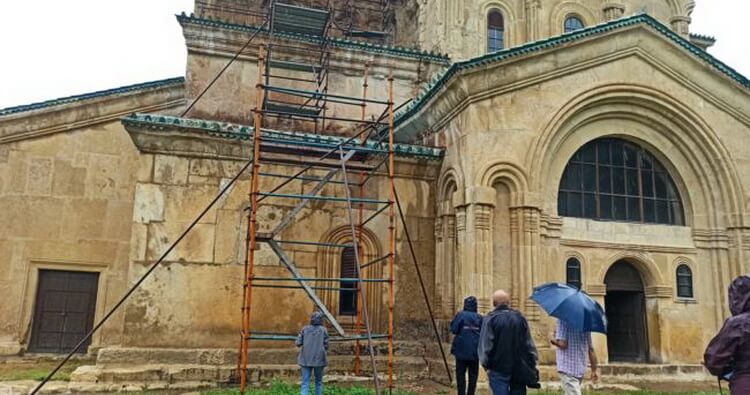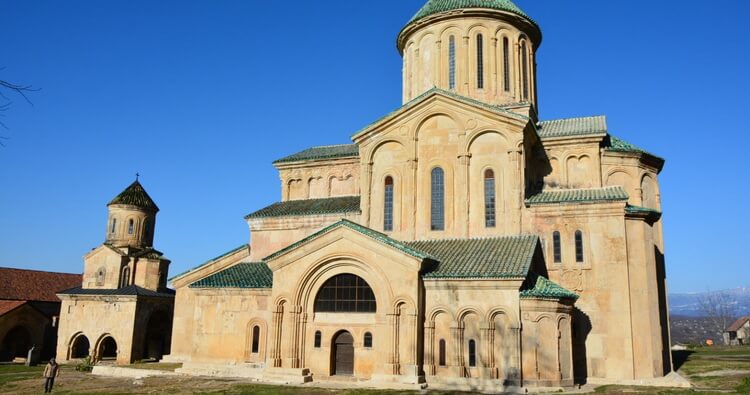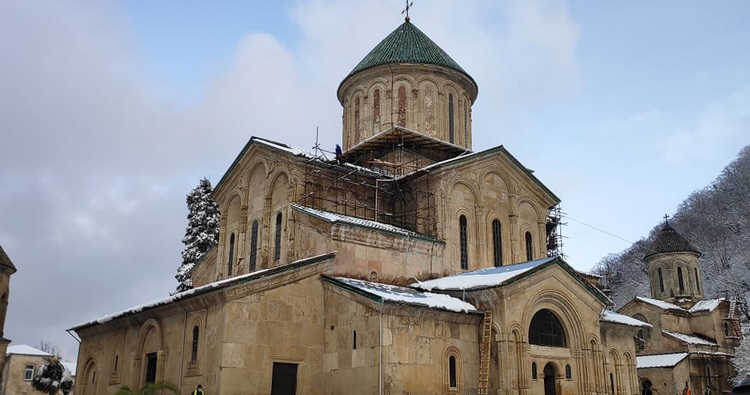Lelo opposition party leader asks prosecutor's office to investigate Gelati monument rehabilitation
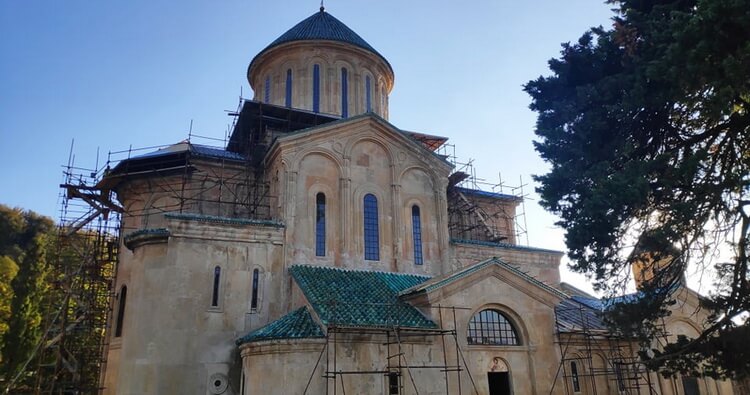
The most recent stage of rehabilitation works on the Gelati complex was carried out between 2014-2019. Photo via National Agency for Cultural Heritage Preservation of Georgia.
Ana Natsvlishvili, one of the leaders of the Lelo opposition party in Georgia, has asked the prosecutor's office of the country to launch an investigation into possible "wrongful rehabilitation" process of the UNESCO-listed Gelati Monastery Complex by state cultural organisations.
Announcing the legal move on Monday, the opposition figure told local media she was submitting the request for the inquiry about "damage to the monument" caused by alleged mismanagement in the ongoing rehabilitation. The investigation request asks the prosecutor's office to study possible "facts containing signs of professional negligence" in the years-long work on the site located in Georgia's west.
As you are aware, a rehabilitation work on Gelati took place between 2014-2019, which resulted in damage to the roof and [subsequent] leakage of [rain]water [into the monument], which has [in turn] damaged centuries-old frescoes," Natsvlishvili told reporters while speaking about her submission to the prosecution authority.
The Lelo party representative told the press it was important to create a precedent on specific state organisations being held accountable for alleged damage or destruction of monuments of cultural heritage.
The damage to the recently installed roofing of Gelati - a UNESCO World Heritage Site - was first reported in July, when rainwater leaked into the monastery complex through the roof tiling of the St Mary Temple, the principal part of the site.
The roofing, built by the Georgian Arts & Culture Centre as a contracted organisation for the long-standing rehabilitation efforts on the site, had reportedly been damaged under effects of adverse climate conditions since the winter of 2019-2020, however the National Agency for Cultural Heritage Preservation of Georgia - the state body for cultural monuments - and independent professionals disagreed on various aspects of the issue.
In comments following the reports Nikoloz Antidze, general director of the state agency, said only 16 percent of the roof structure had been damaged by the leakage, as work for installing temporary roofing over the affected part of the monastery was launched shortly after the incident.
On its part, the Georgian Arts & Culture Centre said the damage to tiling had been "impossible to predict" as none of the tiles later revealed to have failed had shown signs of visual defects during inspection after they were produced, and had undergone laboratory testing on "mechanical characteristics" before being used in the rehabilitation works.
 Tweet
Tweet  Share
Share

